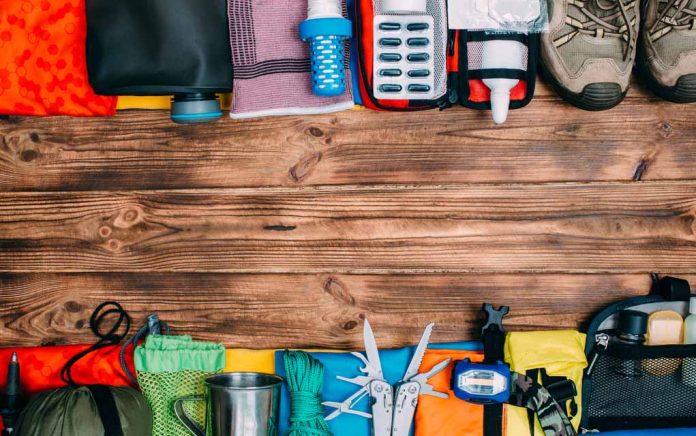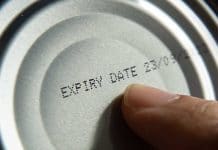
Mention prepping to someone and there’s a good chance that you’ll be met with an eye roll and a snort of derision. Many people picture some guy huddled in his bunker waiting for society to crumble. In fact, it just means preparing for a disaster of some kind: earthquakes, blizzards or massive power outages, for example. The common denominator is the need to be ready ahead of time. At the very least, that means having access to the three basic needs for survival: food, water and shelter.
When considering these three needs, you should think of them in terms of the Rule of Three. This basically states you can typically survive three hours without shelter, three days without water and three weeks without food. The rule of three can help you set priorities when disaster strikes.
Shelter
Obviously, sheltering-in-place is the best idea if feasible. In some scenarios, such as an earthquake that severely damages buildings, moving outdoors may be the only option. If this happens, tents are a good choice. They are lightweight, come in a variety of sizes and are relatively inexpensive. Couple this with sleeping bags and a solution for any weather condition is readily available.
Water
Potable water is necessary and more time-sensitive than food. Prepackaged bottles, pouches and boxes are available in local stores. If there isn’t a good way to keep those relatively bulky items handy, other options exist. Boiling water is one way to disinfect it, but there are also chemical additives and filtering systems ranging in size from those that can handle gallons at a time down to a straw that can be kept in a go-bag.
Food
If the problem lasts for a couple of days it’s likely the food on hand will be sufficient. If it’s a scenario in which it’ll take time for life to return to normal, survival could quite literally depend on advanced preparations. Imperishables that can be found in any grocery store are readily available and can be stockpiled over time during regular shopping trips.
Another option is online shopping where there is a myriad of long-shelf-life foodstuffs. A few choices include:
- Larger 10-lb cans of staples found in local grocery stores
- Military-style “Meals Ready to Eat” (MREs)
- Dehydrated fruits and vegetables
There are also several companies that offer dehydrated and vacuum-packed rations based on the number of people to feed and the length of time — for example, 4-person meals for 30 days. Some have self-heating packaging but for some, a heat source is needed.
Disasters and emergencies will happen, it’s just the way of the world. Having at least the bare minimum for survival at hand can mean the difference between life and death. Prepping isn’t just for conspiracy theorists, it’s for everyone.
Copyright 2019, TacticalNews.com



















